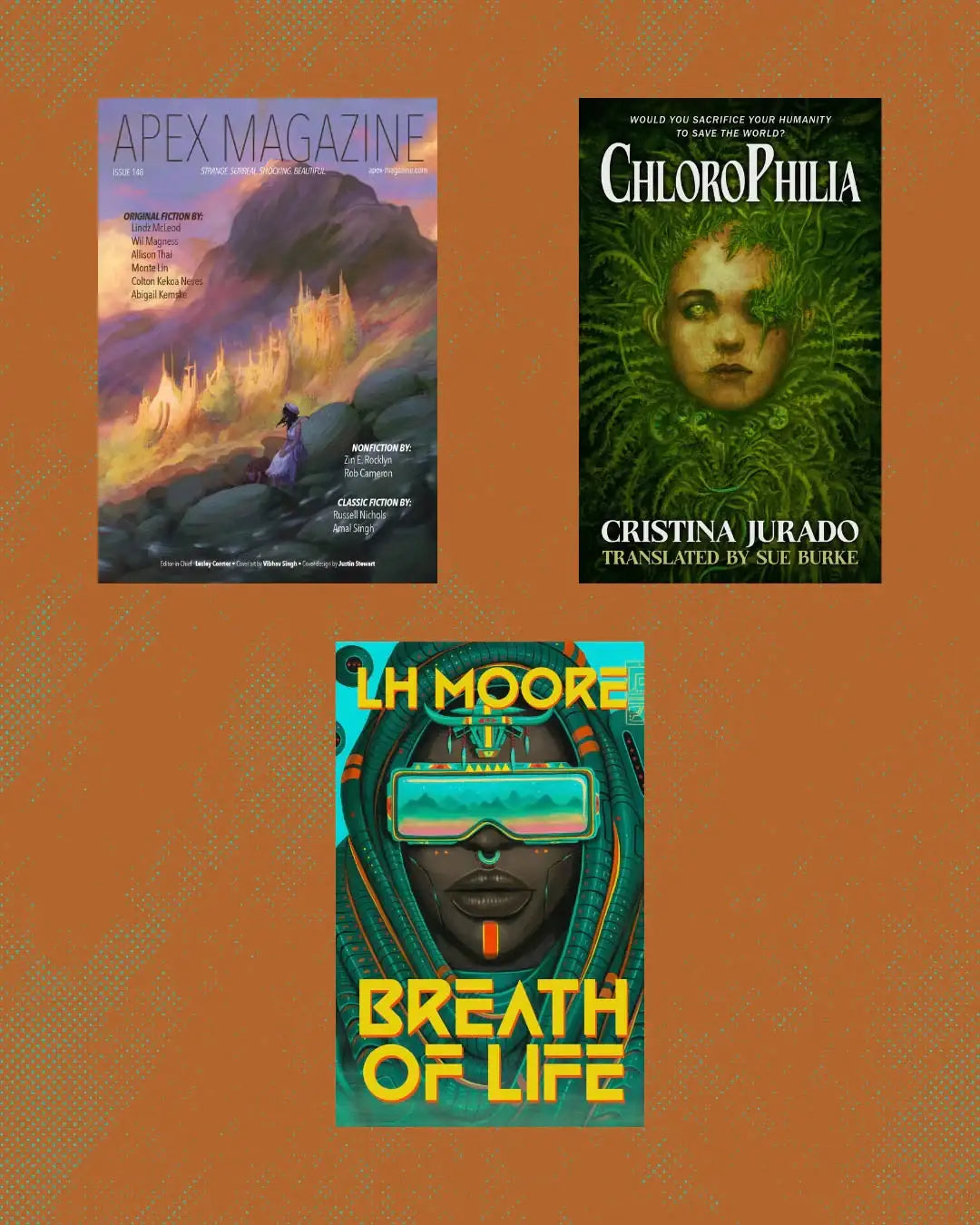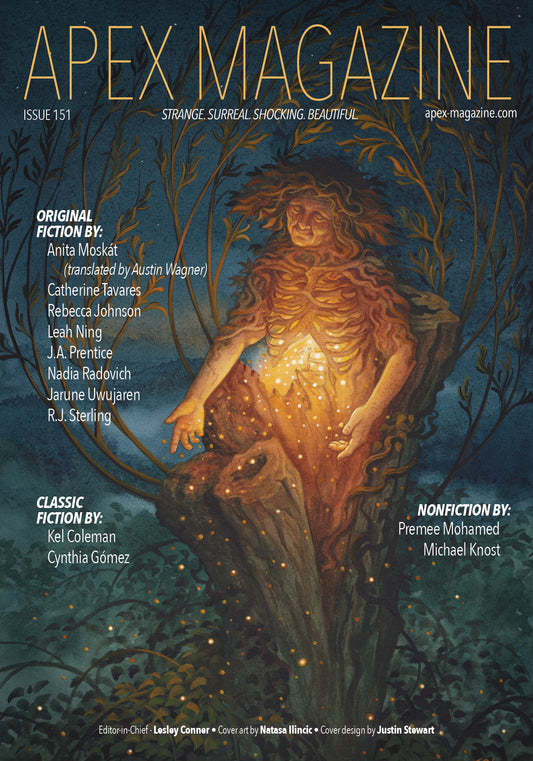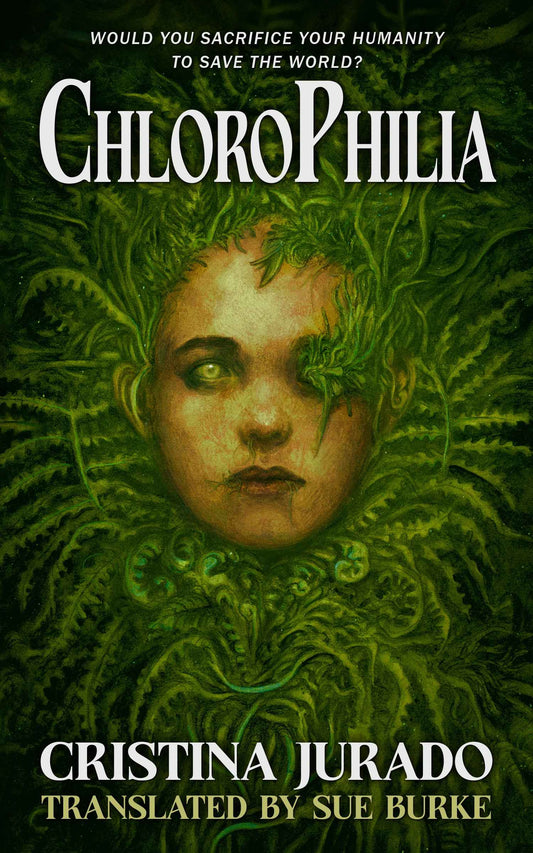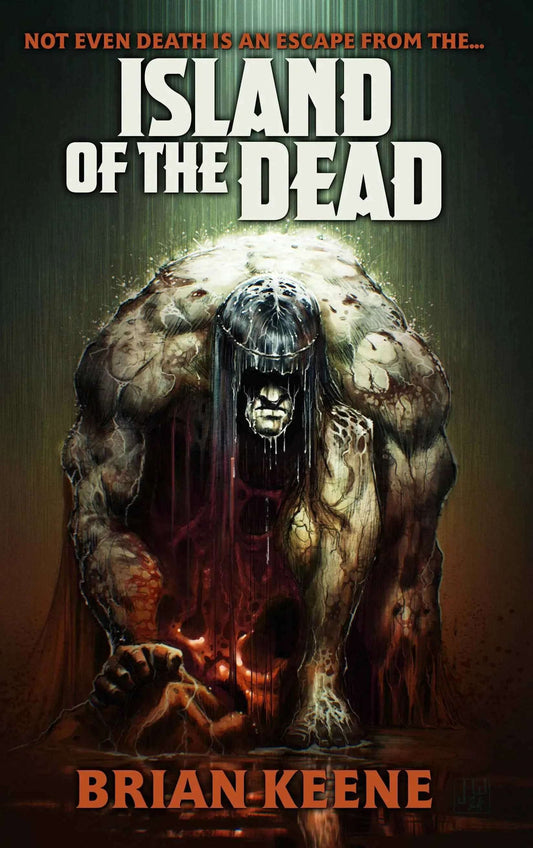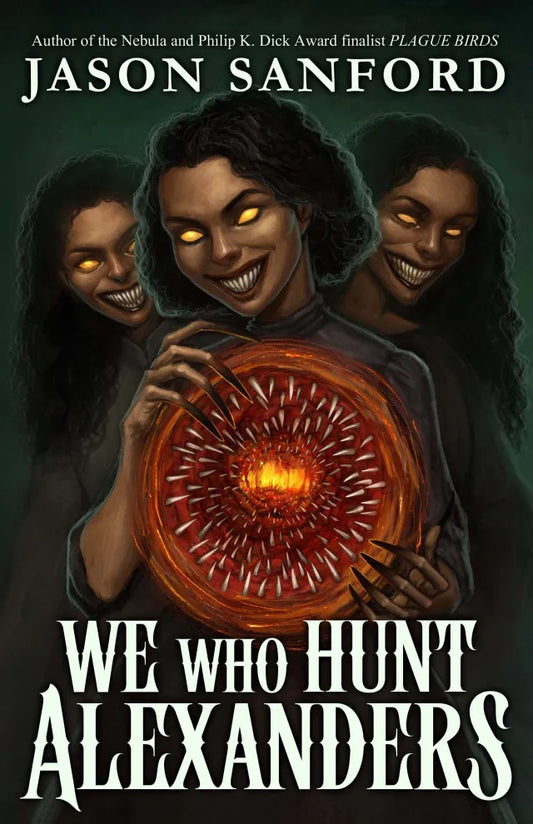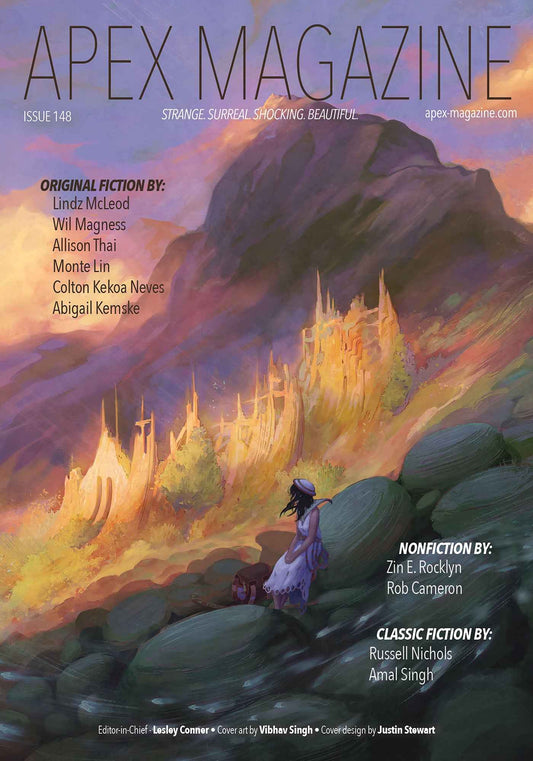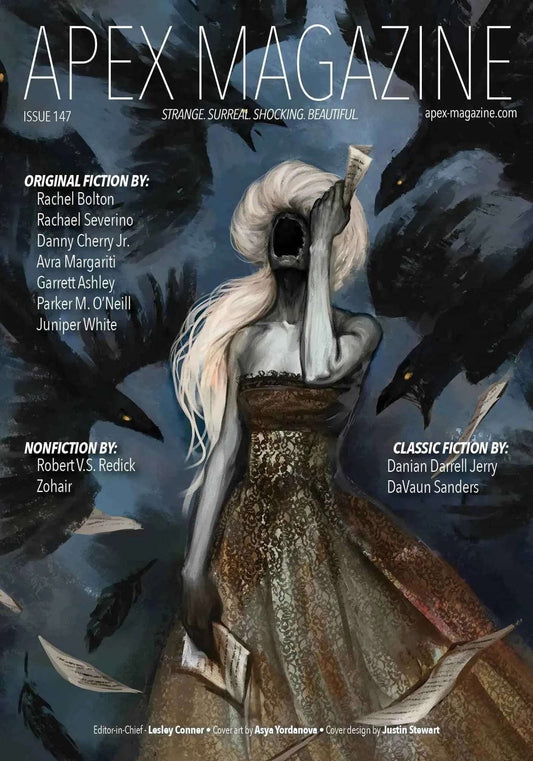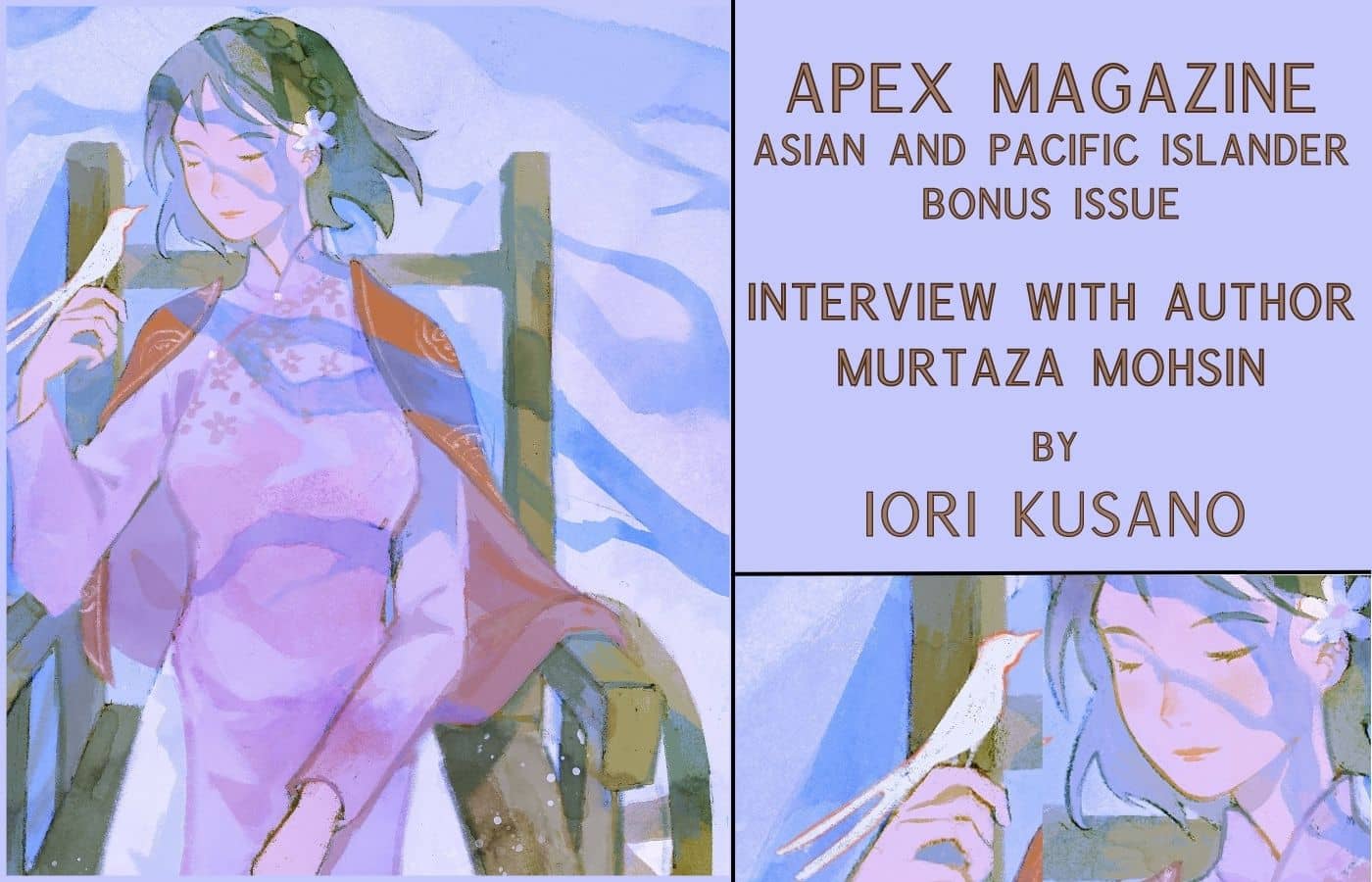
A woman returns to the village she grew up in, promising its inhabitants salvation—and bringing them doom. Murtaza Mohsin's "The Flowering of Peace" pulls the reader along on Noor's quest for revenge, from fields of alien crops to the village square and back into the stars.
What drives a person to turn her back on her own people, to align herself with empire? Can revenge really be satisfying? Mohsin invites readers into the depths of Noor's hatred, triumph, and misery. He illuminates the traumas that shaped Noor without excusing her for her choices in an unflinching assessment of her complicity.
Murtaza Mohsin takes things as they are and tinkers with words. He lives in Lahore, Pakistan and is curious to see where this writing thing goes. His fiction also appears or is forthcoming in Dark Matter, Diabolical Plots, Galaxy’s Edge, Future SF Digest, and others.
This interview will have spoilers for "The Flowering of Peace." We recommend you read the story first!
Iori Kusano: This is a fascinating story in how it follows a willing agent of imperialism. A lot of other writers would have chosen to make Kabir the protagonist. What made you choose Noor?
Murtaza Mohsin: Colonialism always cultivates willing servants who are deeply enamored of the ways of their masters. We still call bureaucrats in our region, “babus.” This is a derogatory term (derived from baboon) the British used for Indians in their service trying to copy and imitate them.
But Noor’s story is deeper than that. She doesn't have time for blind devotion. Her journey is a deeply personal one intertwining her traumatic relationship with the village, desire for revenge, and her pride and faith in the Zensai power system. Noor’s name means the light. Whether its effects are positive or negative, the light will always come through.
IK: What was the first "image" or "scene" that solidified this story in your imagination? Was there a particular scene you felt most excited to write, and if so, what was it?
MM: There actually was … I was travelling through Lahore’s rural belt and I suddenly imagined a great starship perched like a giant insect over a small village. I imagined a stream of petitioners lining up outside and a human waiting inside to receive them in cold silence.
I tinkered with this story for some time before it felt right. I love so many parts of it but for me, the scene where her power is finally unveiled as she roars into the air, an angel of vengeance, is particularly powerful. Until then we only get subtle hints of her power, it is such a vicious moment when the velvet glove is finally removed and steel fist emerges.
IK: I was fascinated by the Zensai because we learn so little about them in the course of this story—we never meet one, and the information we get is filtered through Noor, who is biased in their favor. Did you ever consider introducing a Zensai on the page, and if so, how do you think it would have changed the progression of events?
MM: I wanted the Zensai to be remote, like gods. The colonialist in his palatial palace always has underlings proud of their privilege to interact with the locals on their behalf. The colonialist is an alien to his immediate surroundings and he cannot function without local support.
For most of the story, Noor is very much a true believer willing to proactively solve the Zensai’s problems. If the Zensai had come directly into the story, I think the independent drive of Noor would have been obscured.
IK: What was your writing process like for this story? Do you tend to plot before you write, or do you see where your ideas take you and let the structure come later?
MM: Mostly, I like to let the idea go where it wants to. I’m not much for plotting. I knew the basic elements of the story and I was happy to experiment till I felt the structure justified those elements individually.
IK: Catalina, the fantastic plant of the Zensai, is necessary both to social and political capital within the Zensai culture as well as a genetically-modified tool of enslavement. Can you tell us about some of your real-world inspirations for this? Were you attempting to invoke the specter of any specific anxieties about GMOs and the globalization of agriculture?
MM: Cataline is a brutal reminder of colonialism’s long shadow. In the 19th century, the British forced Indians to grow opium as a cash crop on land traditionally used to grow rice, enabling a narcotics business that ultimately crippled China. The plant also references indigo, a luxury dye that has existed since the time of the Greeks. Indigo was another cash crop that the British so exploitatively cultivated in India that planters finally revolted against oppressive working conditions in 1859. The plant is very much a reflection of British colonial practices.
One of the tangential worries in this story is what happens when outsiders dictate but are completely divorced from the consequences of their decisions. So farmers might starve next to warehouses filled with indigo or opium. This was a powerful image for me.
IK: What should someone read next if they loved this story and are looking for similar themes?
MM: It’s hard to pin it down but for all its problematic aspects, Joseph Conrad’s Heart of Darkness remains one of the greatest engagements with the nature of colonialism and its subjects.
IK: Thank you for sharing your insights with us!
